What can ants and termites teach us about fighting disease?

You live in a crowded underground city with everyone you know. A relative comes home, and you can tell that they’ve been exposed to something that could get you all sick. Unchecked, a disease could wipe out your whole civilization. So you do what needs to be done.
You lick them. A lot.
At least, that’s what you do if you’re a termite, says Rebeca Rosengaus, an associate professor and behavioral ecologist at Northeastern.

Rebeca Rosengaus, an associate professor in the Department of Marine and Environmental Sciences, studies how social insects keep diseases from wiping out their colonies. Photo by Matthew Modoono/Northeastern University
Rosengaus has been studying how social insects, such as ants and termites, keep diseases from wiping out their colonies for the past 30 years. It’s the kind of scientific obsession that comes from watching an experiment go to pieces, and being determined to figure out why.
As a doctoral student at Boston University, Rosengaus set up thousands of termite kings and queens with the perfect environment to breed new colonies. She was trying to study the effects of inbreeding versus outbreeding.
“Everyone wants to get rid of termites; I was actually procreating termites,” Rosengaus says. “I provided them with nice humidity, nice temperature, good wood, good filter paper—everything was perfect.”
But not perfect enough, apparently. Sixty percent of her starter pairs died before they could produce a colony—most of them succumbed to fungal infection, Rosengaus observed.
“I was losing, left and right, all the animals that I was trying to set up for my inbreeding/outbreeding experiments,” Rosengaus says. “I finished my Ph.D. with thousands of colonies set up, and the 40 percent survivors are the ones that I did my research on. But I still had this nagging question: Why are they dying at such high frequency when you have the reproducing caste separated from their natal nest?”
The warm, damp, subterranean environments that ants and termites thrive in are also perfect for growing microbes. Social insects, which can live in groups of thousands and even millions of individuals inside of a single nest, have evolved group behaviors to protect each other and the entire colony from disease, Rosengaus says. These behaviors simply aren’t effective outside of a large social network.
When an ant or termite returns to the nest with some sort of harmful microbe clinging to its exoskeleton, its nestmates will furiously groom it. Some termites have antifungal compounds in their saliva to help kill the pathogen, and ingested microbes are either neutralized in their stomach or, in the case of ants, caught in a sieve-like structure in their throat, where it is compacted into a pellet that can be vomited up later.

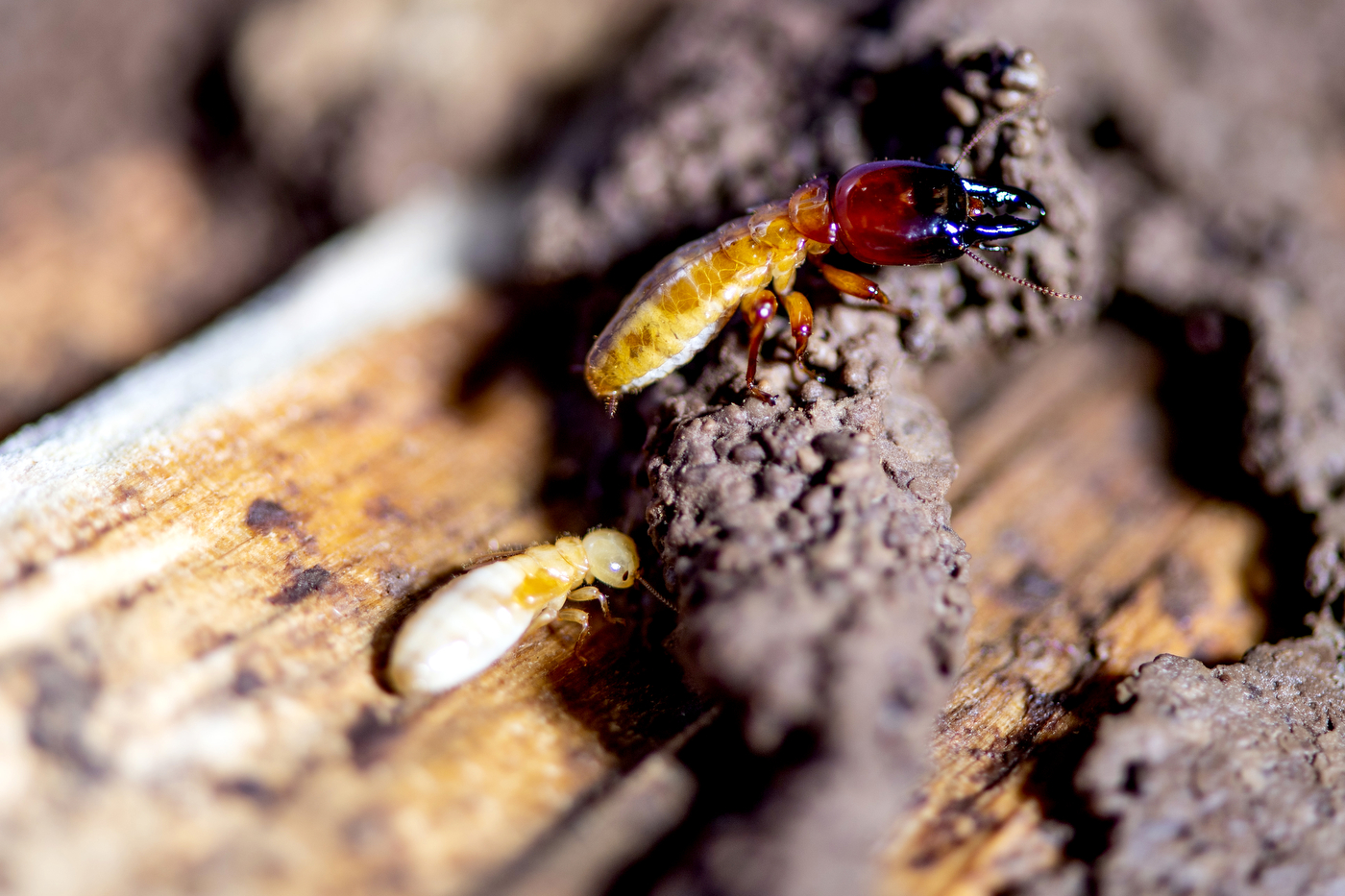
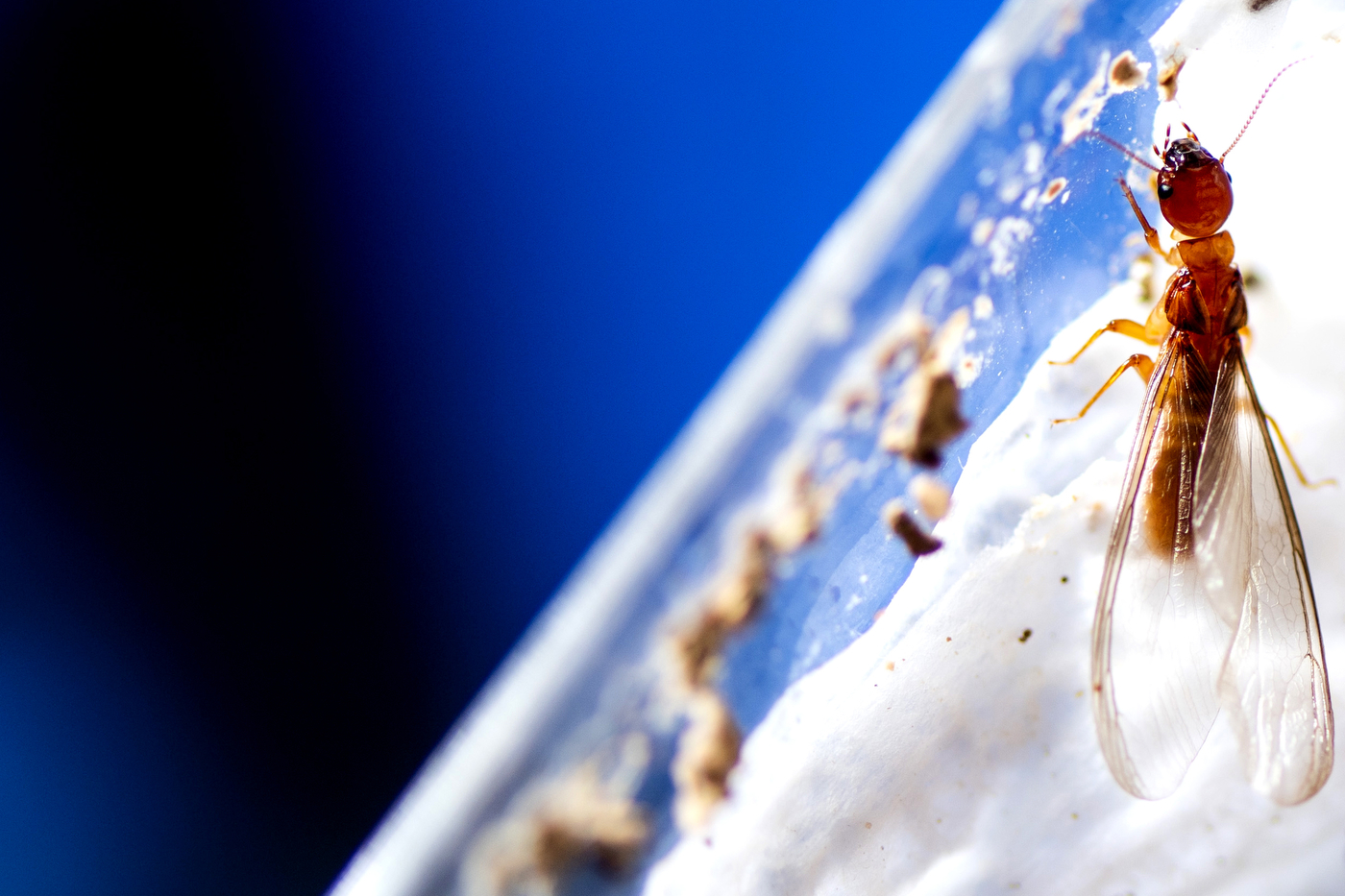
This somewhat disturbing image is just the first step in a multi-pronged and highly effective pathogen defense system. It only gets weirder from here.
If a termite returns with a fungal load that is too high for licking to be effective, the behavior changes. Any infected termites begin shaking and twitching, as if in some sort of ritualized plague dance, to tell everyone else to back off.
“The nestmates that perceive the vibrations actually abscond; they go far away from the source of vibration,” Rosengaus says. “So that’s a different way of communicating to another member of the colony that there is a lot of disease here, just go away.”
The healthy individuals may also start pooping in the vicinity of a sick termite. How could this possibly help, you ask? It turns out that compounds in termite poop can kill pathogens.
“The research that we’ve done has demonstrated that the fecal material actually has antifungal properties,” Rosengaus says. “They poop all around the area when there are a lot of infectious particles and, by pooping on top of it, they’re covering it and deactivating it with the fecal compounds.”
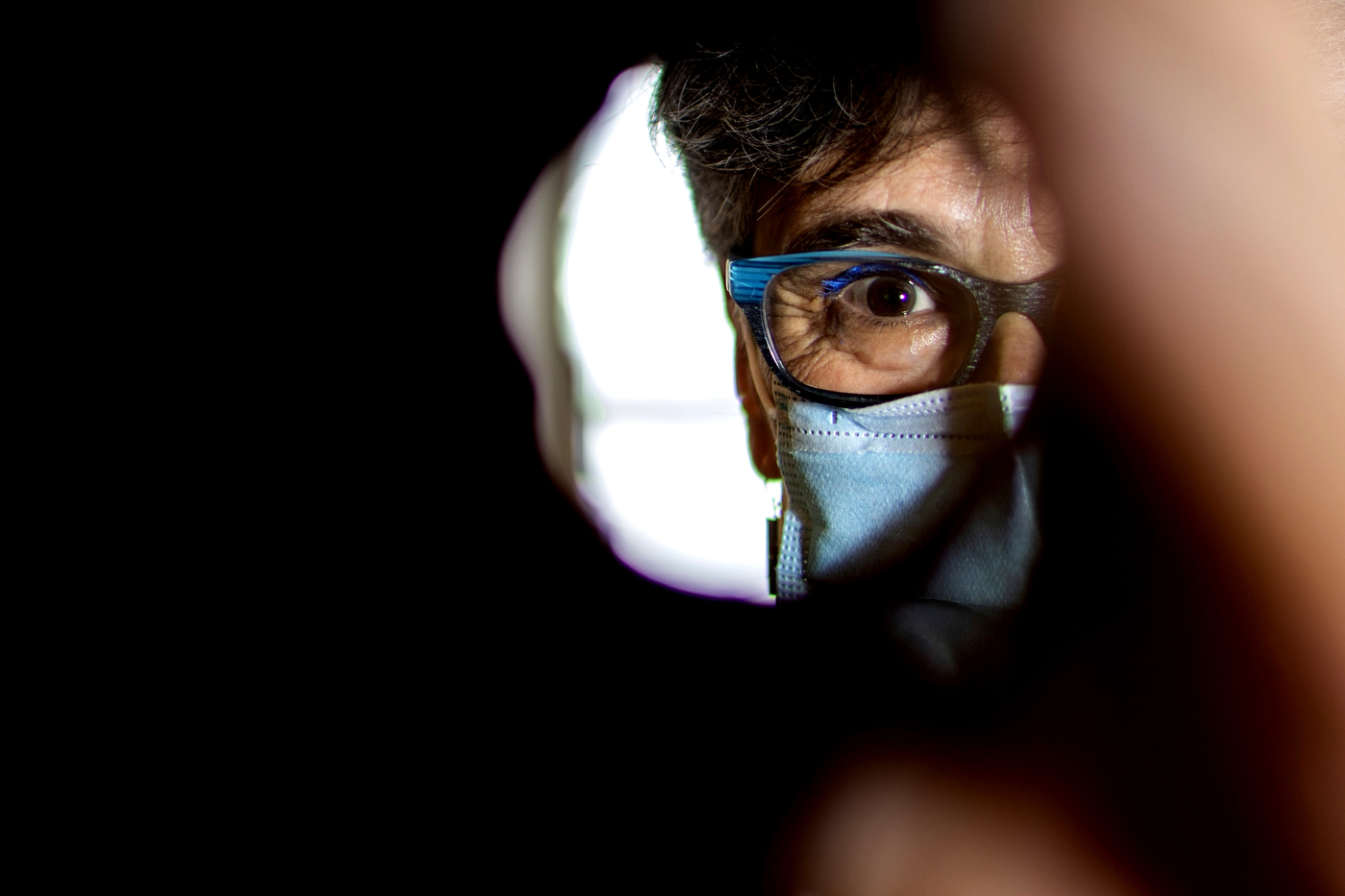
And if that doesn’t work, well, there’s always cannibalism.
“If you’re too far along in the disease, instead of allowing you to get everyone sick inside the colony, they’ll just consume you,” Rosengaus says.
It makes physical distancing and wearing masks seem downright pleasant by comparison.
If a pathogen makes it past these behavioral protections, social insects also have immune systems that can fight off infections or encapsulate and neutralize invading microbes. And if they generate an immune response, in some cases, they can share it.
Imagine if you could get a vaccine to protect you against, say, measles, and then pass your immunity on to your partner through a spit-swapping French kiss. That’s essentially what carpenter ants do.
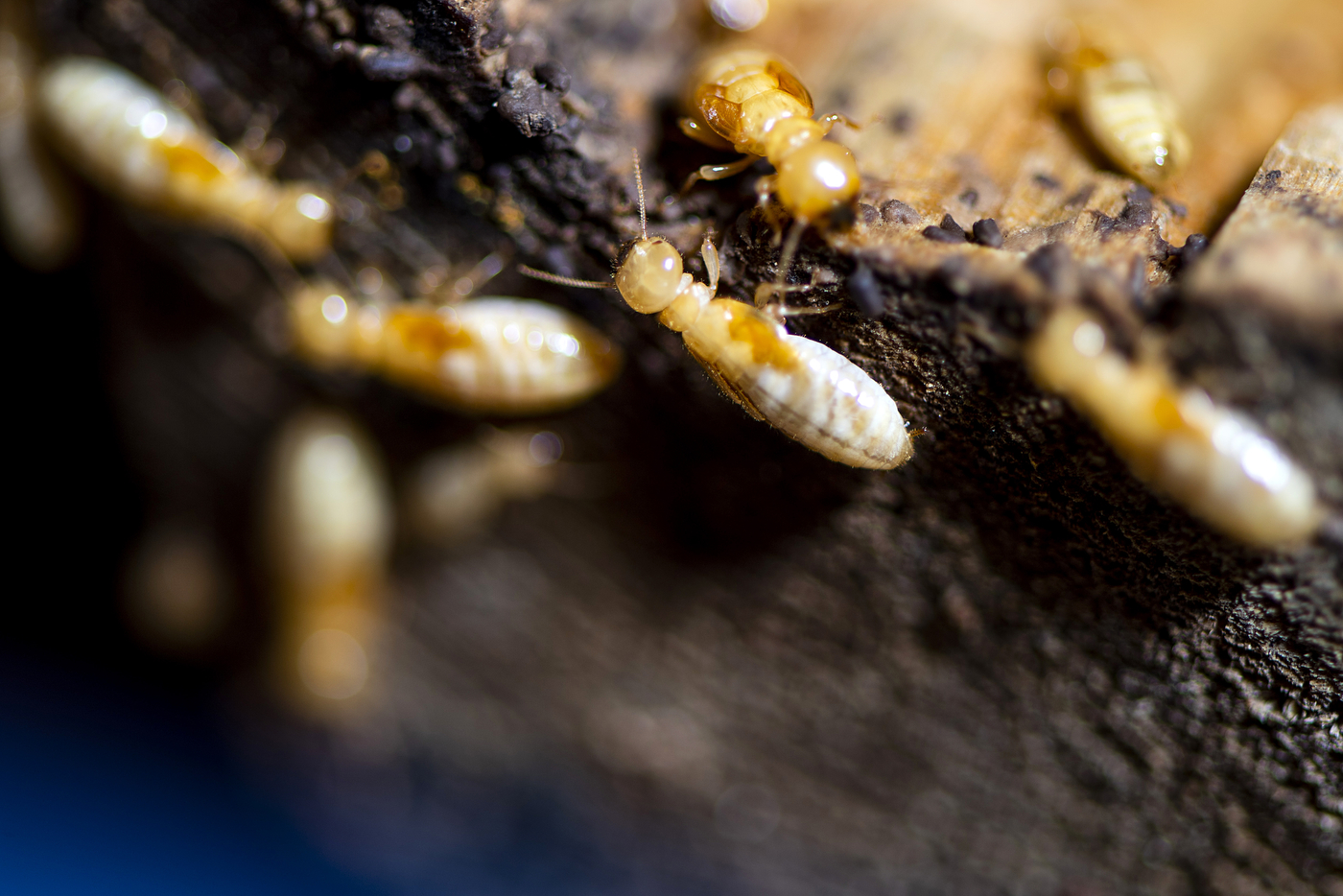
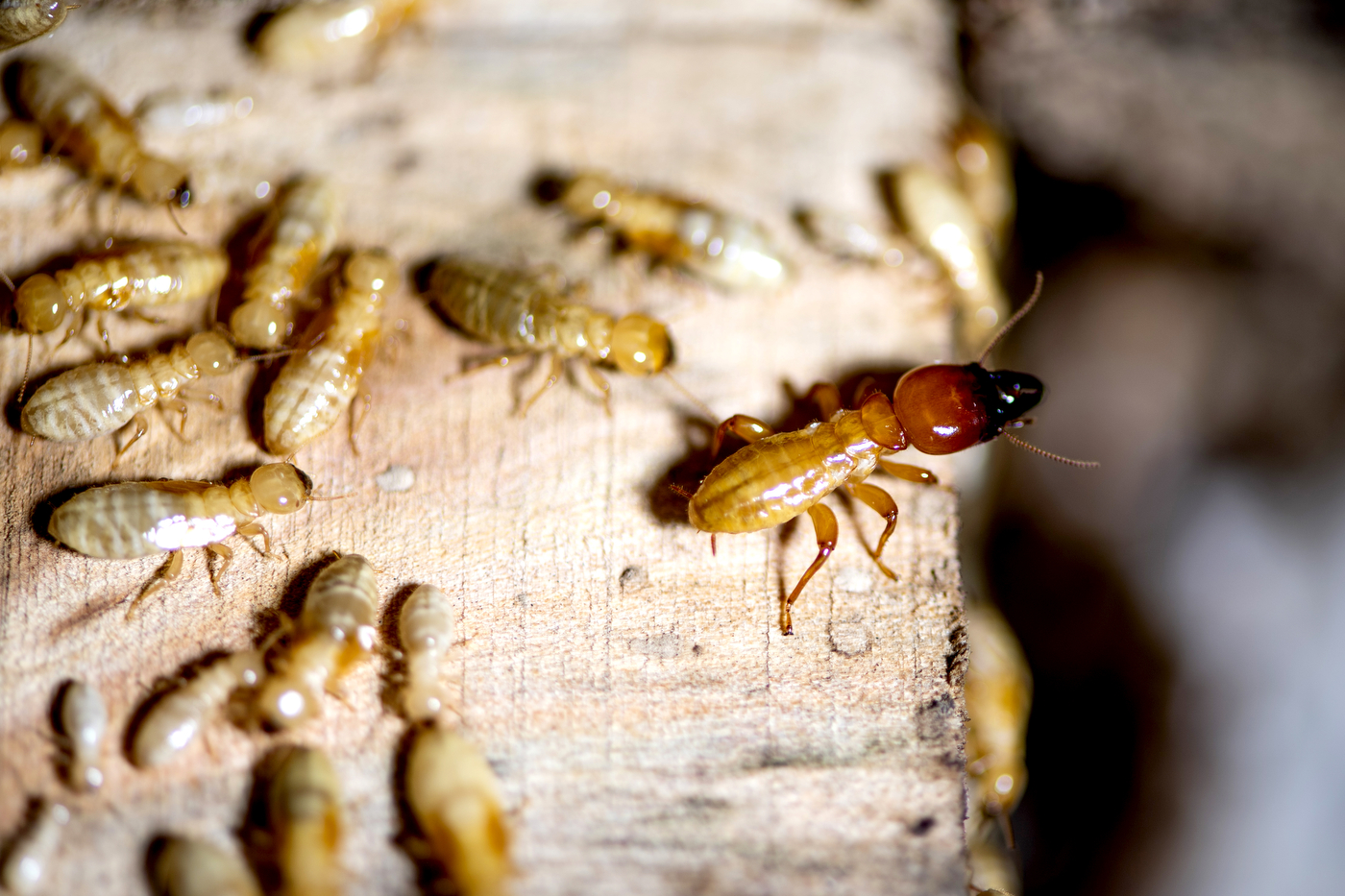
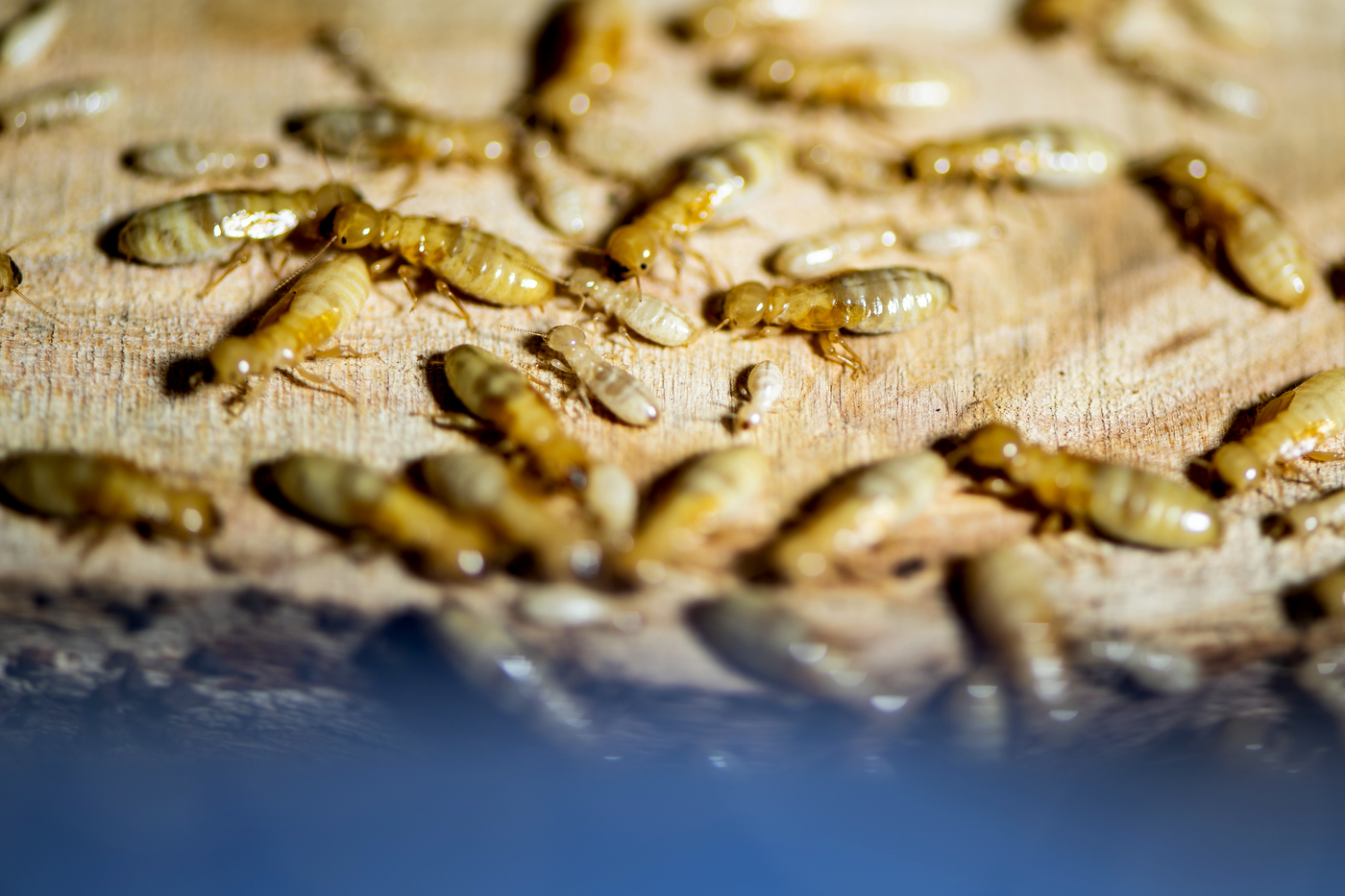
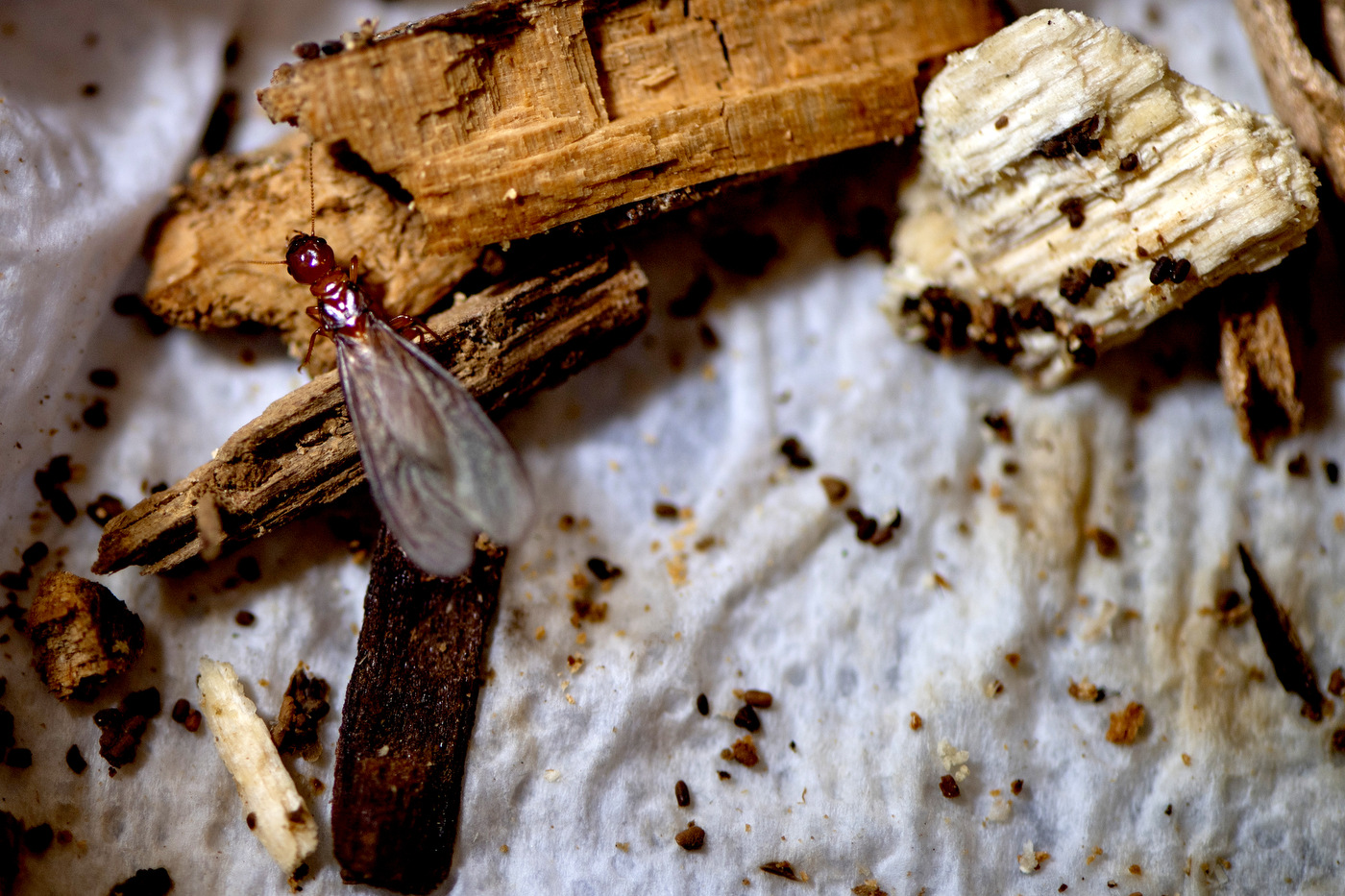
Rosengaus and her colleagues found that infected carpenter ants produce an immune protein that helps them fight off disease. And that immune protein can be passed to uninfected ants through “mouth-to-mouth regurgitation,” priming their immune systems to fight off pathogens they haven’t yet been exposed to.
“They’re sharing their immune protection,” Rosengaus says. “And then it results in the entire colony being less susceptible to the disease.”
Social insects have evolved these multiple strategies to resist disease over millions and millions of years, as a way to survive living in environments packed with potentially deadly pathogens. Perhaps it’s time we learned from them, Rosengaus says.
“Imagine if you could just vaccinate one person in the household, and then that one person creates an immune response that is transferable to the family members,” Rosengaus says. “That could definitely increase vaccination compliance.”
Is this going to involve spitting food into someone else’s mouth?
“Well, there’s worse ways to get socially vaccinated,” Rosengaus says. “You could potentially be eating corpses to expose yourself to small amounts of a pathogen, and try to develop an immune response that way.”
For media inquiries, please contact Shannon Nargi at s.nargi@northeastern.edu or 617-373-5718





